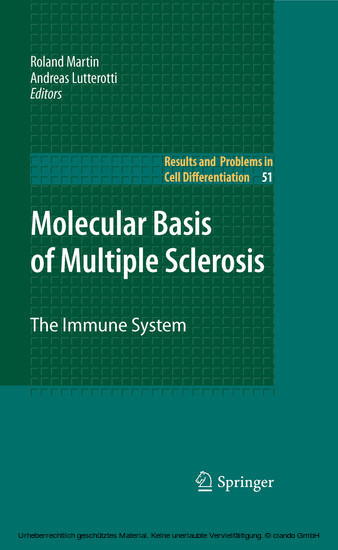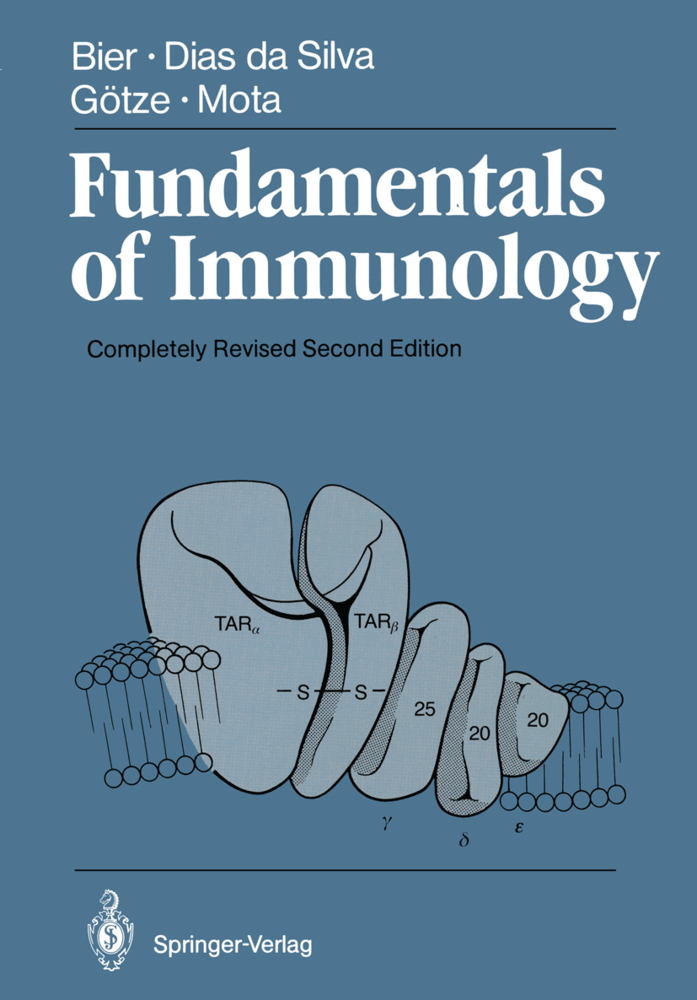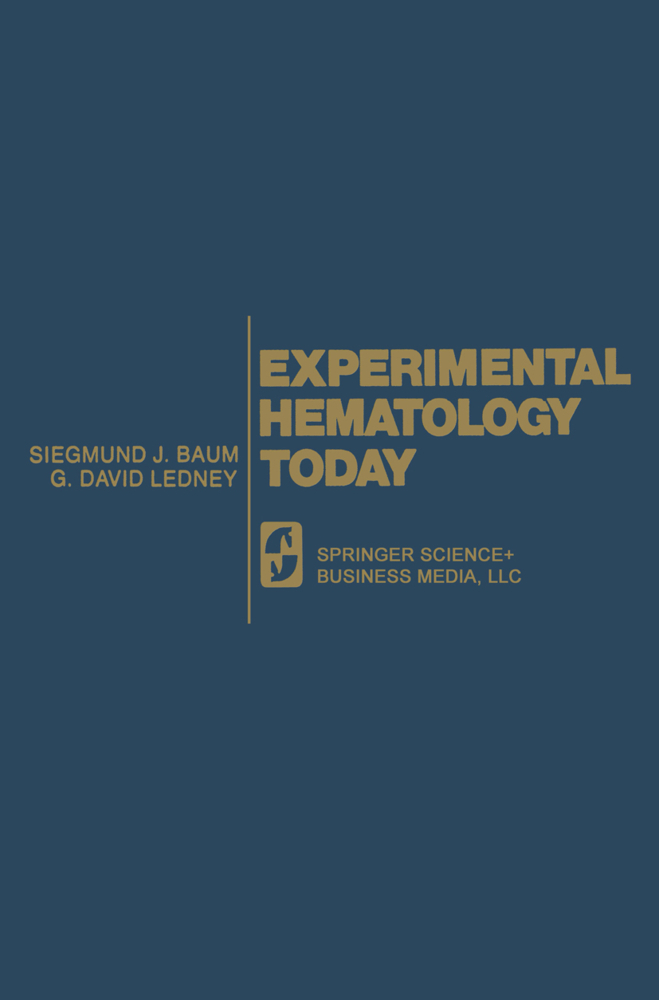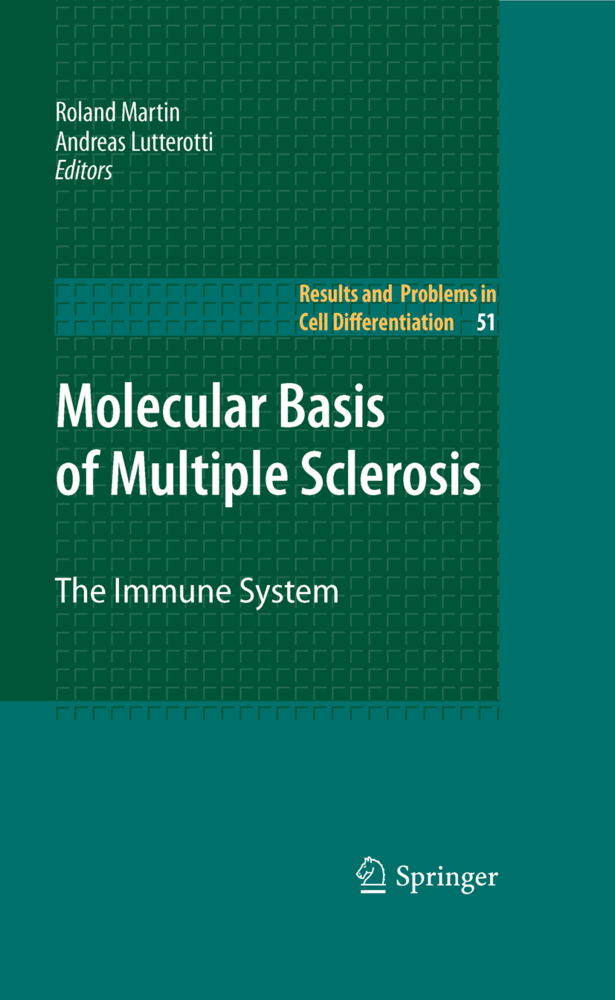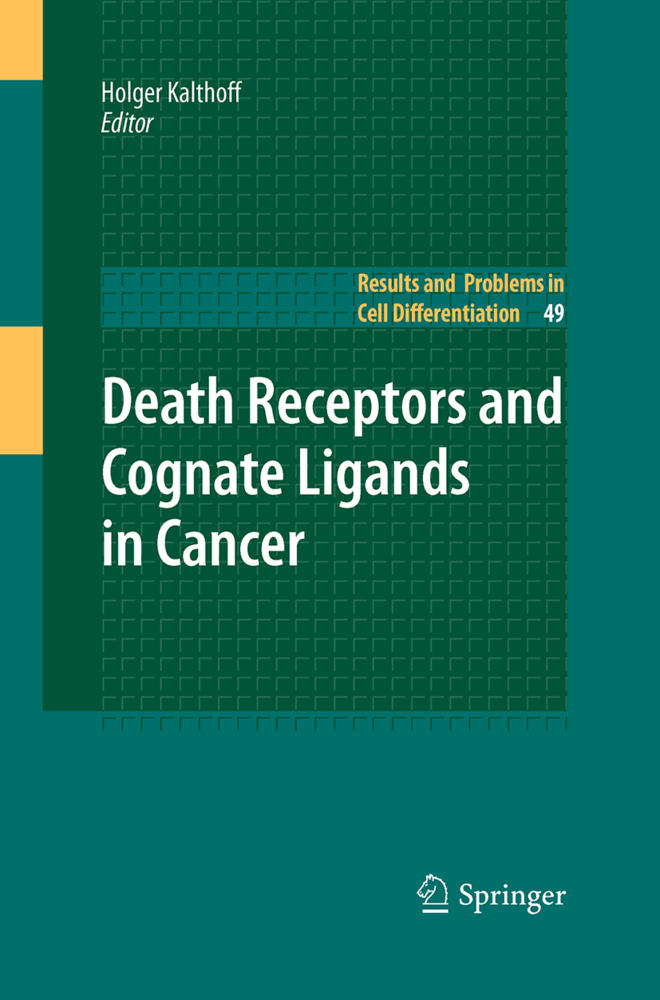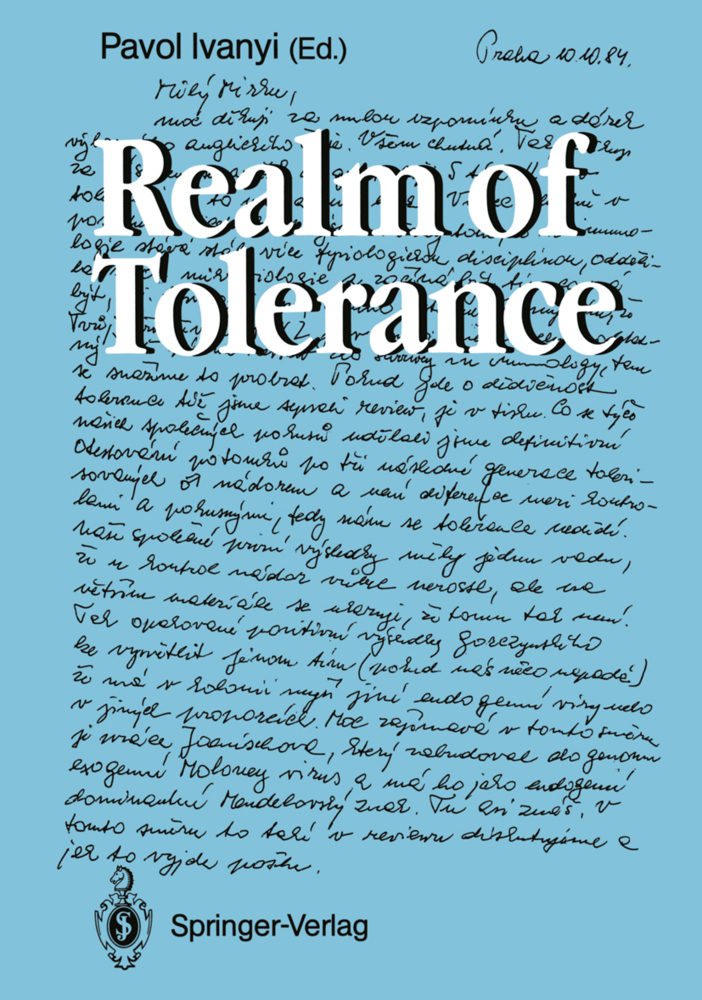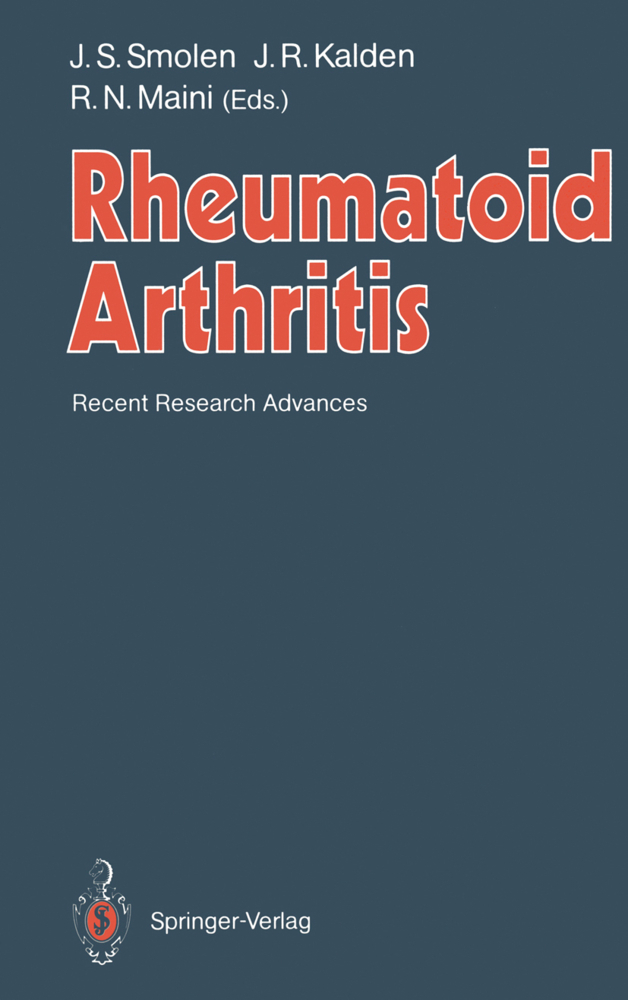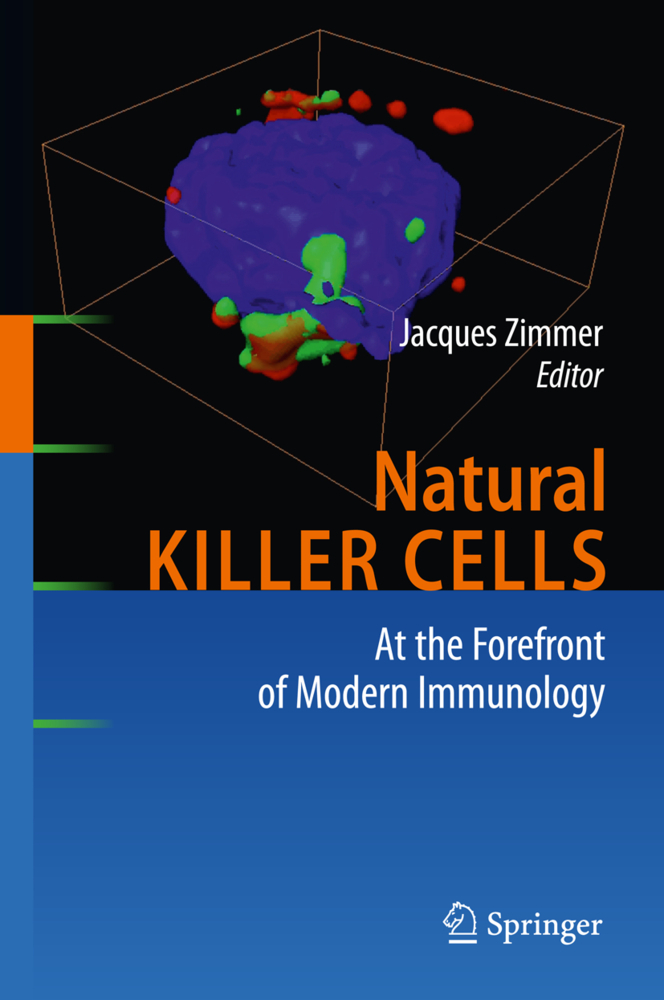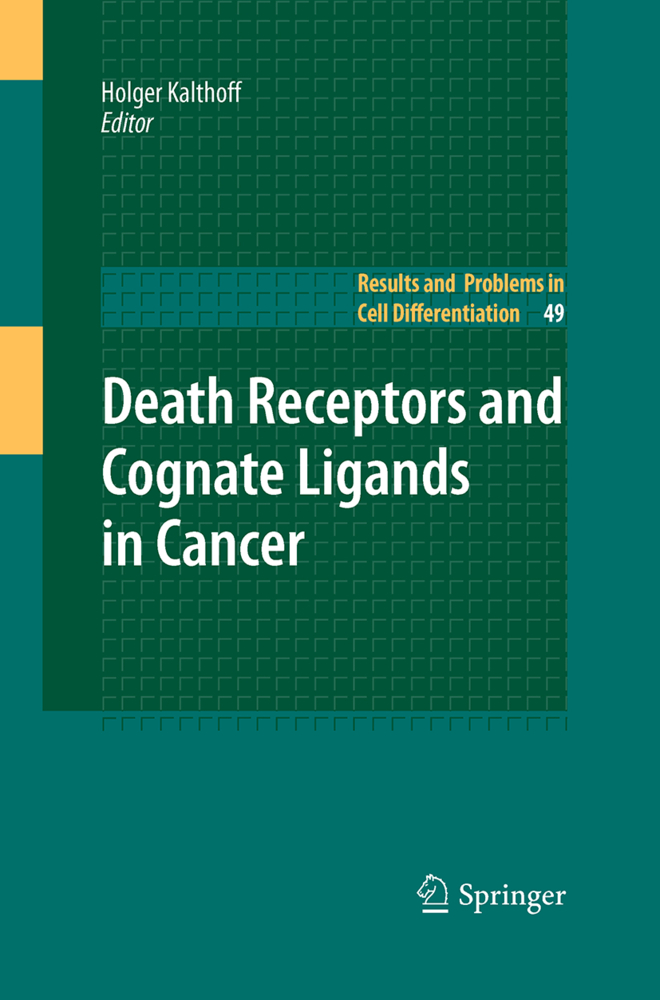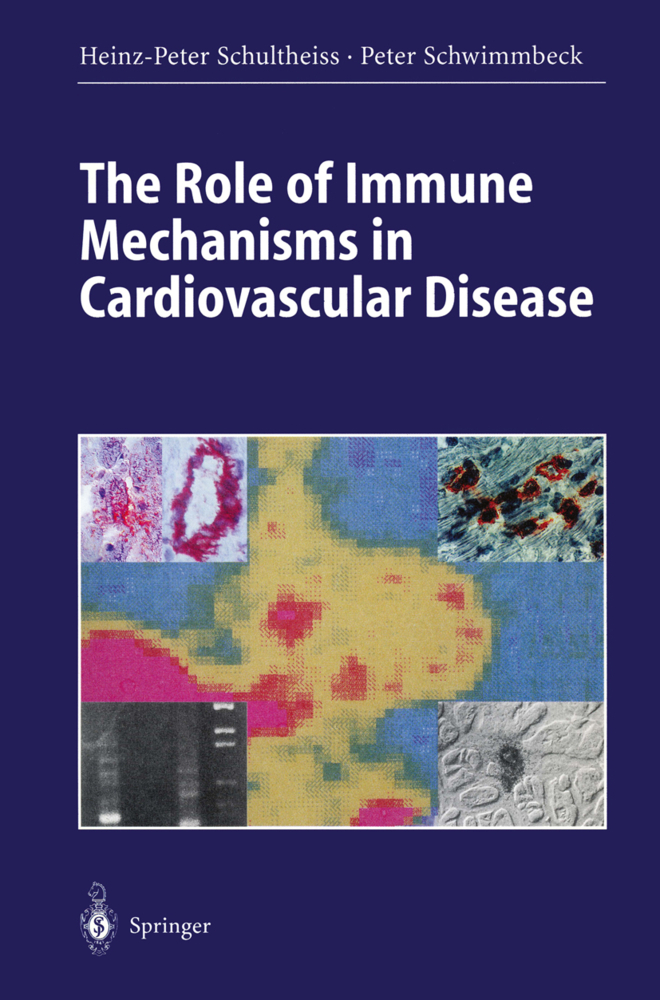Molecular Basis of Multiple Sclerosis
The Immune System
Despite major efforts by the scientific community over the years, our understanding of the pathogenesis or the mechanisms of injury of multiple sclerosis is still limited. Consequently, the current strategies for treatment and management of patients are limited in their efficacy. The mechanisms of tissue protection and repair are probably even less understood. One reason for these limitations is the enormous complexity of the disease and every facet of its pathogenesis, the mechanisms of tissue injury, the diagnostic procedures and finally the efficacy of treatments and their side effects. The aim of this book is to review the most recent advances made in this highly complex field.
1;Molecular Basisof Multiple Sclerosis;2 1.1;Preface;4 1.2;Contents;5 2;Neuro-Immune Crosstalk in CNS Diseases;7 2.1;1 Introduction;7 2.2;2 Molecular Aspects of Neuro-Immune Crosstalk;8 2.2.1;2.1 Neurotrophic Factors;9 2.2.2;2.2 Cytokines;12 2.2.3;2.3 Chemokines;13 2.3;3 Functional Aspects of Neuro-Immune Crosstalk;14 2.4;4 Implications for Inflammatory CNS Disease;16 2.4.1;4.1 CNS Disease with Primary Inflammation;16 2.4.2;4.2 CNS Disease with Secondary Inflammation;18 2.5;5 Perspectives;19 2.6;References;20 3;Role of NK Cells and Invariant NKT Cells in Multiple Sclerosis;27 3.1;1 Introduction;27 3.2;2 NK Cells and MS;29 3.2.1;2.1 General Properties of NK Cells;29 3.2.2;2.2 NK Cell in MS;31 3.2.2.1;2.2.1 Protective Role of NK Cells in EAE;32 3.2.2.2;2.2.2 Ex Vivo Analysis Revealed an Alteration of NK cells in MS;33 3.3;3 iNKT Cells in MS;35 3.3.1;3.1 What Is iNKT Cell?;35 3.3.1.1;3.1.1 General Properties of Invariant NKT (iNKT) Cells;35 3.3.1.2;3.1.2 iNKT Cells and Their Ligands;36 3.3.2;3.2 Studies of iNKT Cells in MS;38 3.3.3;3.3 iNKT Cells as a Therapeutic Target in MS/EAE;39 3.4;4 MR1- Restricted Invariant T Cells in MS;41 3.5;5 Concluding Remarks;42 3.6;References;42 4;Potential Triggers of MS;48 4.1;1 Introduction;48 4.2;2 Viral Association with Demyelination;52 4.3;3 Torque Teno Virus and MS;53 4.4;4 Epstein-Barr Virus and MS;54 4.5;5 HHV-6 and MS;56 4.6;6 Basic Animal Model: Viral Persistence Within the CNS;57 4.7;7 Prime/Challenge Model: Acute Peripheral Infection;59 4.8;8 Conclusion;64 4.9;References;65 5;Prospects for Antigen-Specific Tolerance Based Therapies for the Treatment of Multiple Sclerosis;70 5.1;1 Introduction;70 5.2;2 Monoclonal Antibody Induced Tolerance;73 5.3;3 Antigen Specific Induced Tolerance Induction;74 5.3.1;3.1 Altered Peptide Ligand Induced Tolerance;74 5.3.2;3.2 Mucosal Tolerance;76 5.3.3;3.3 Soluble Peptide Tolerance;77 5.3.4;3.4 ECDI-Peptide-Coupled Cell Induced Tolerance;78 5.4;4 Conclusions;82 5.5;References;83 6;Immuno-Therapeutic Potential of Haematopoietic and Mesenchymal Stem Cell Transplantation in MS;89 6.1;1 Bone-Marrow-Derived Stem Cells;90 6.1.1;1.1 The Haematopoietic Niche;90 6.1.2;1.2 Haematopoietic Stem Cells and Their Properties;91 6.1.3;1.3 Identification of Mesenchymal Stem Cells and Their Role in Bone Marrow;92 6.2;2 Haematopoietic Stem Cell Transplantation as a Therapy for Autoimmune Disease;93 6.2.1;2.1 Autologous HSCT for MS: Clinical Results;93 6.2.2;2.2 Unraveling the Effects of Autologous HSCT on the Immune System;94 6.2.3;2.3 Immune Regeneration After HSCT;95 6.3;3. MSCs: Potential Role in Immunotherapy of MS;99 6.3.1;3.1 MSCs Effect on Immune cells;99 6.3.2;3.2 MSCs In vivo Effects in Preclinical Model of CNS Diseases;100 6.3.3;3.3 Clinical Applications of MSCs;101 6.4;4 Conclusions;102 6.5;References;103 7;Immune-Mediated CNS Damage;110 7.1;1 Introduction;110 7.2;2 Innate Immunity in Multiple Sclerosis;113 7.2.1;2.1 Microglia Activation;113 7.2.2;2.2 Microglial Pattern Recognition Receptors and Neurotoxicity;115 7.2.2.1;2.2.1 Toll-Like Receptors;116 7.2.2.2;2.2.2 NOD like Receptors and RNA Helicases;117 7.2.2.3;2.2.3 Triggering Receptors Expressed on Myeloid Cells;118 7.2.2.4;2.2.4 Scavenger Receptors;119 7.2.3;2.3 Macrophage Antigen Complex-1 Receptor and Other Microglial Integrin-Associated Receptor Complexes;120 7.2.4;2.4 Reactive Oxygen Species;121 7.3;3 Adaptive Immunity in Multiple Sclerosis;123 7.3.1;3.1 Antigen Presentation and Immune Cell Invasion;123 7.3.2;3.2 Cytotoxic CD8 + T Cells;125 7.4;4 Conclusion;127 7.5;References;128 8;B Cells and Antibodies in MS;134 8.1;1 Introduction;134 8.2;2 The Role of CSF B Cells in CNS Inflammation;135 8.3;3 The Role of B Cells in CNS Pathology;137 8.4;4 The Role of B Cells in MS: Therapeutic Studies;139 8.5;5 Specificity of the Antibody Response in MS;140 8.5.1;5.1 Intrathecal IgG Production and Ocbs;140 8.5.2;5.2 OCB and EBV Antigens;141 8.5.3;5.3 Anti-Myelin Antibodies;141 8.5.4;5.4 Anti-aquaporin-4 Antibody
Martin, Roland
Lutterotti, Andreas
| ISBN | 9783642141539 |
|---|---|
| Artikelnummer | 9783642141539 |
| Medientyp | E-Book - PDF |
| Auflage | 2. Aufl. |
| Copyrightjahr | 2010 |
| Verlag | Springer-Verlag |
| Umfang | 308 Seiten |
| Sprache | Englisch |
| Kopierschutz | Digitales Wasserzeichen |

